NASA alert! 120-foot Asteroid 2023 JR2 set to buzz Earth TODAY at 27287 kmph
Asteroid 2023 JR2 is set to make its closest approach to Earth at a blistering speed of 27287 km per hour, NASA warned.
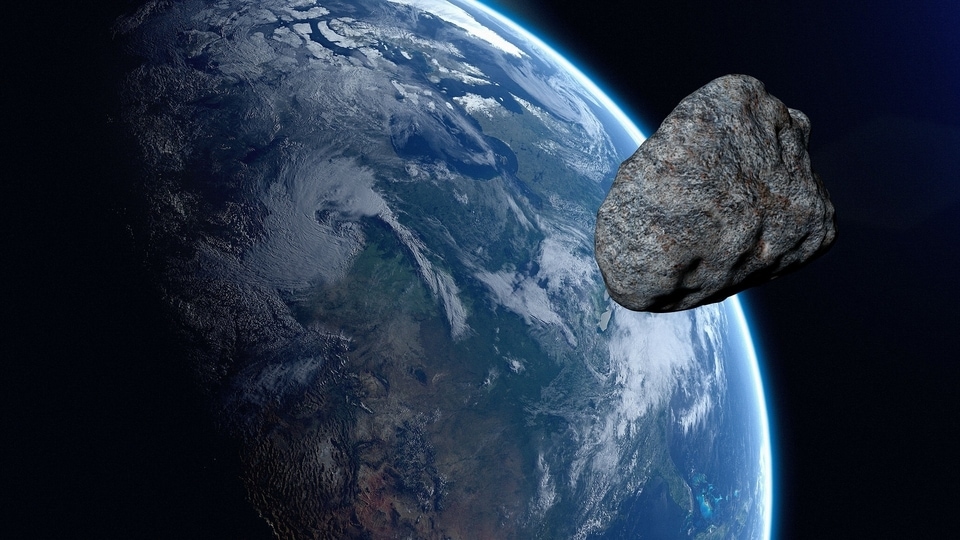
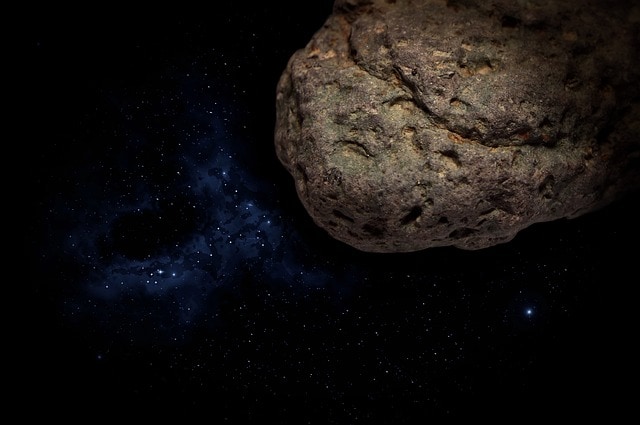
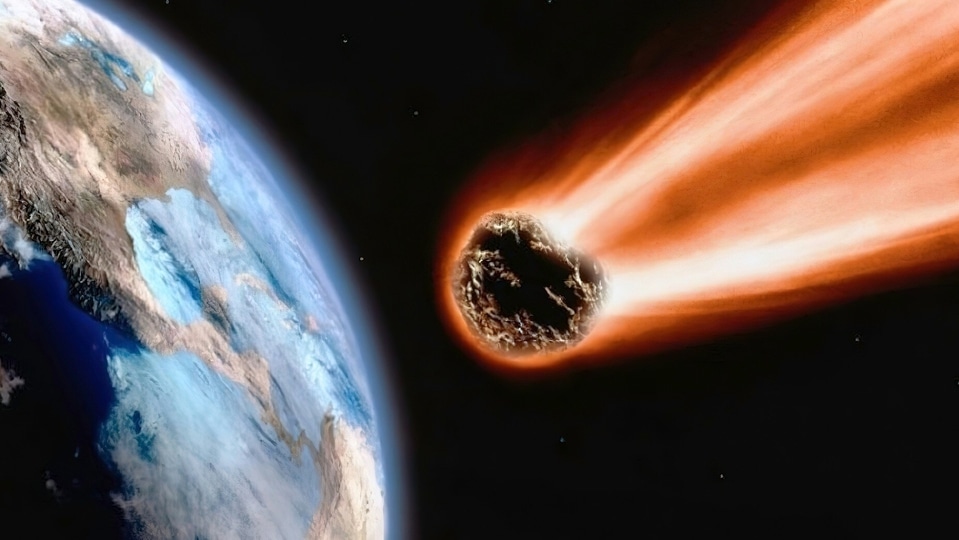
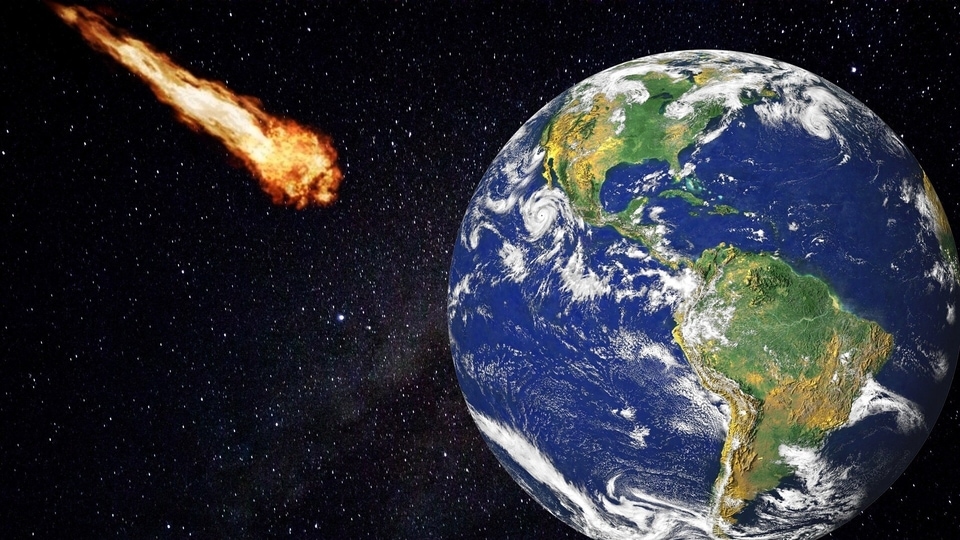
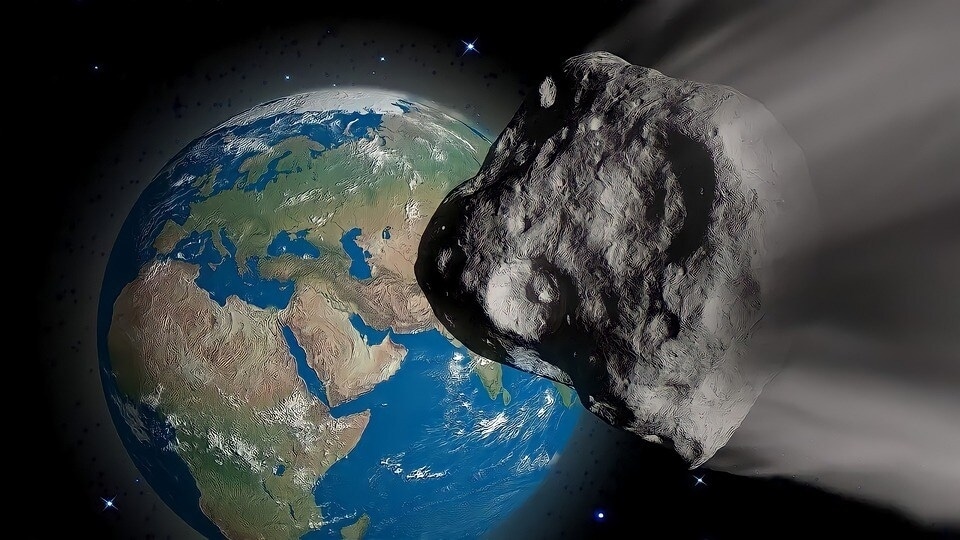
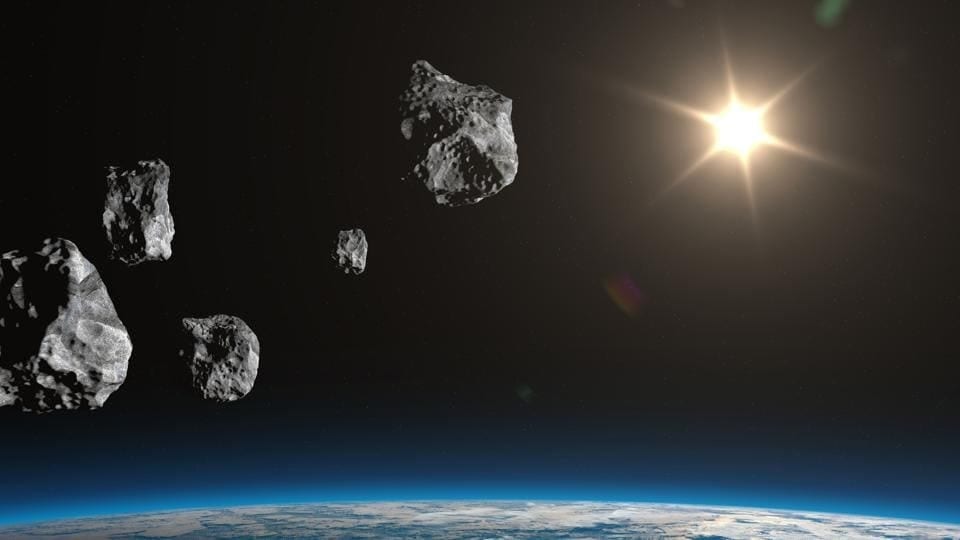
 View all Images
View all ImagesNASA had launched the NEO Observations Program to fulfill its mission of detecting, monitoring, and studying Near-Earth Objects (NEOs) while identifying any potential threats to our planet including asteroids. The majority of asteroids originate in the asteroid belt positioned between Mars and Jupiter. These asteroids typically possess an elliptical orbit and frequently exhibit unpredictable rotation as they travel through space. Nevertheless, the gravitational influence of the planets within our solar system can disrupt their trajectory, causing them to move haphazardly towards the inner solar system, including Earth. To maintain close watch on such asteroids, NASA can ensure the safety and well-being of our planet by finding ourt if any of them will crash into it.
Today, three asteroids are on their way to make a dangerously close approach towards Earth. One of these asteroids is as large as an airplane, 120-foot in size. The potential threat is from an asteroid named 2023 JR2 which is expected to come very close to Earth today on June 4, according to information provided by NASA. As per NASA's CNEOS, if any asteroid comes within 4.6 million miles or 7.5 million kilometers of Earth, the space agency red-flags it as potentially hazardous and issues an alert. Will this asteroid 2023 JR2 pose a danger to Earth? Here is what NASA says.
Asteroid 2023 JR2 details
As per the asteroid data tracking page by NASA, Asteroid 2023 JR2 will fly past the Earth today at a close distance of just 4.05 million miles. It is coming at a sizzling speed of 27287 kmph, NASA's CNEOS data revealed.
The asteroid 2023 JR2 was detected recently on May 12, 2023 and it belongs to the Amor group, which was named after the archetype object 1221 Amor. Sky.org said that this asteroid makes one orbit around the Sun in 1117 days. Fortunately, this asteroid has not been classified as potentially hazardous. However, it is essential to maintain constant observation of these sizable celestial bodies to prevent any potential mishap, especially when one of them is predicted to make an alarmingly close approach to Earth.
Asteroid Tracking Technology
Ground-based telescopes and NASA's NEOWISE spacecraft are currently used to locate NEOs. Initially named as WISE (Wide-Field Infrared Survey Explorer) at its launch in December 2009, the space telescope's mission was to survey the sky in infrared to detect stars, asteroids, and faint galaxies. The telescope fulfilled its mission successfully by February 2011. Later in December 2013, the telescope was re-purposed as NEOWISE to study NEOs, asteroids, and comets after being taken out of hibernation.
Catch all the Latest Tech News, Mobile News, Laptop News, Gaming news, Wearables News , How To News, also keep up with us on Whatsapp channel,Twitter, Facebook, Google News, and Instagram. For our latest videos, subscribe to our YouTube channel.
































